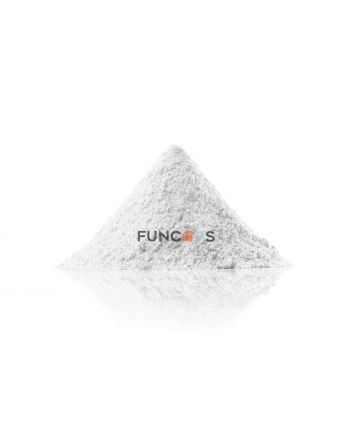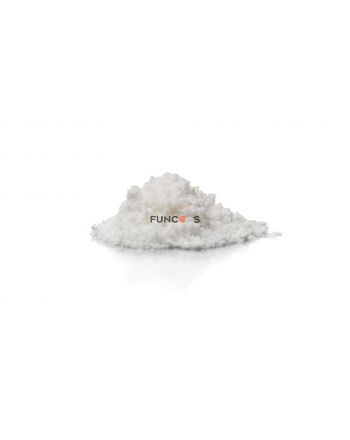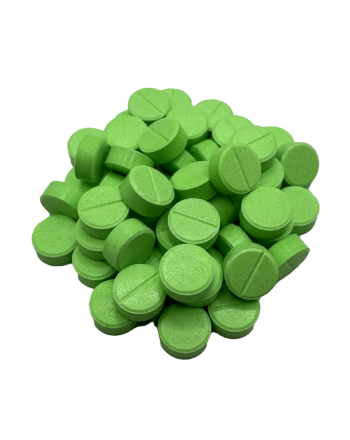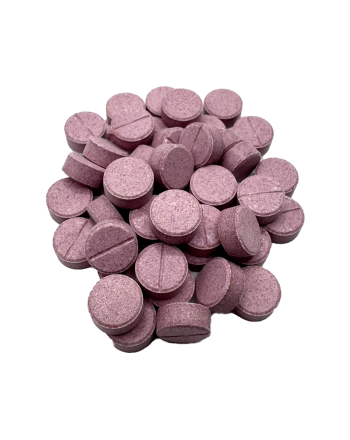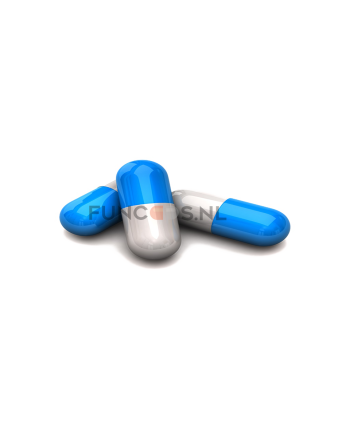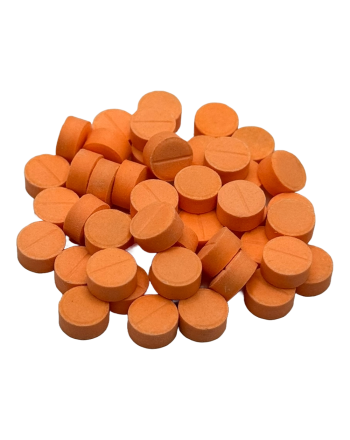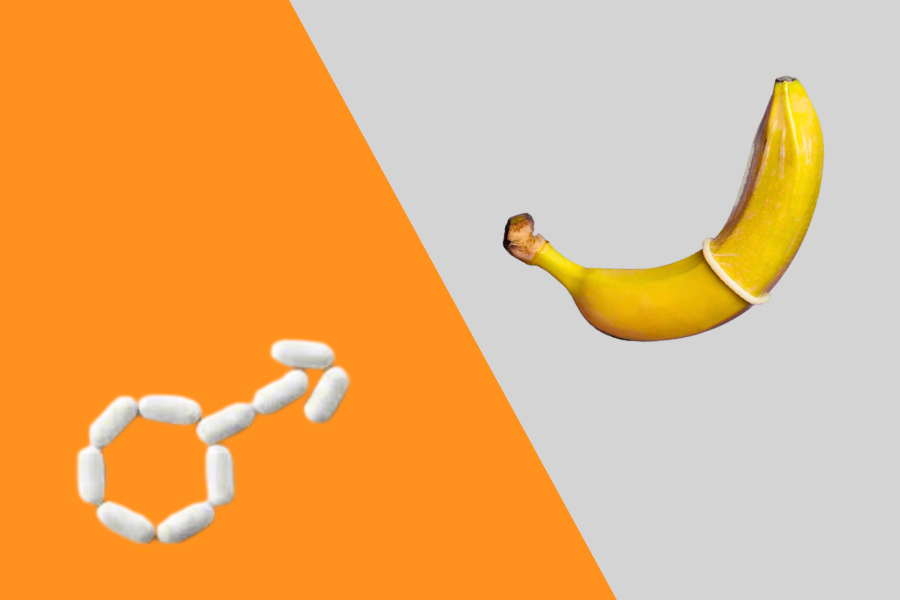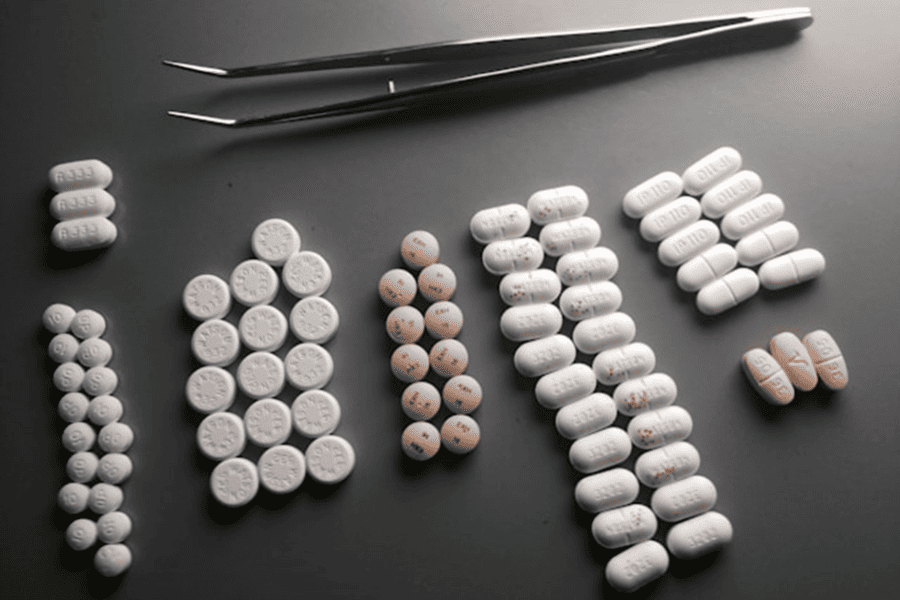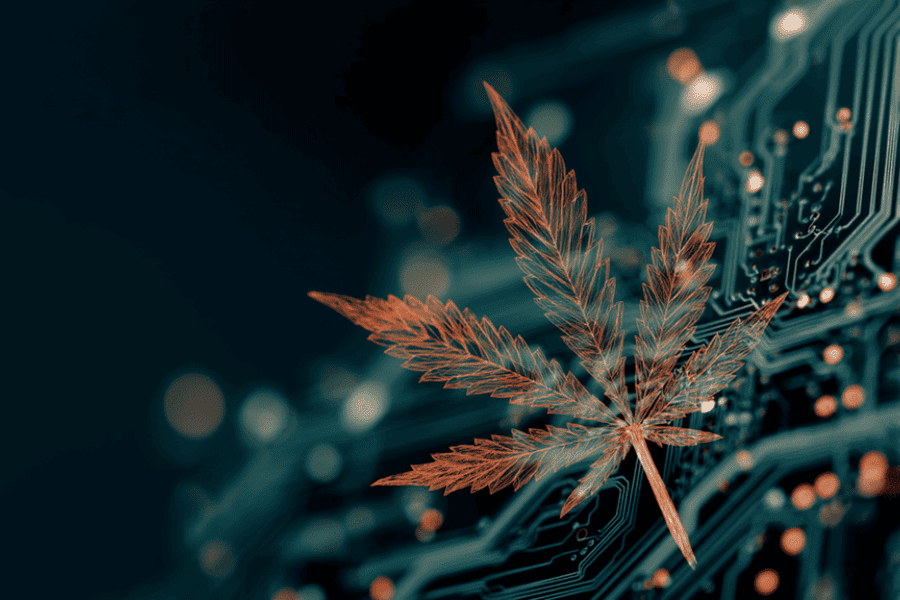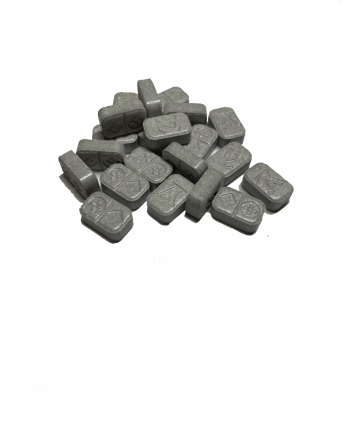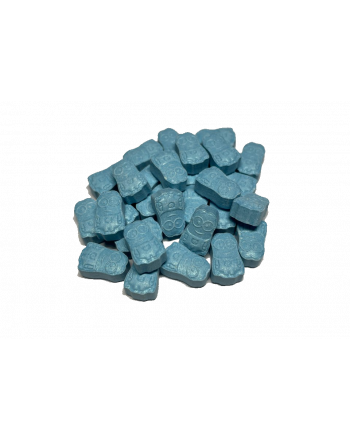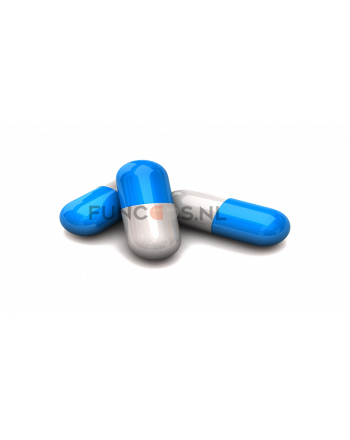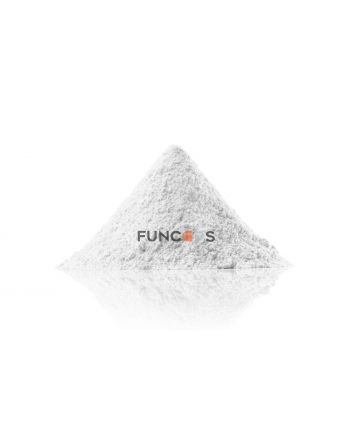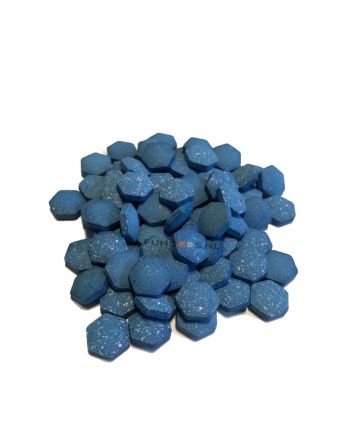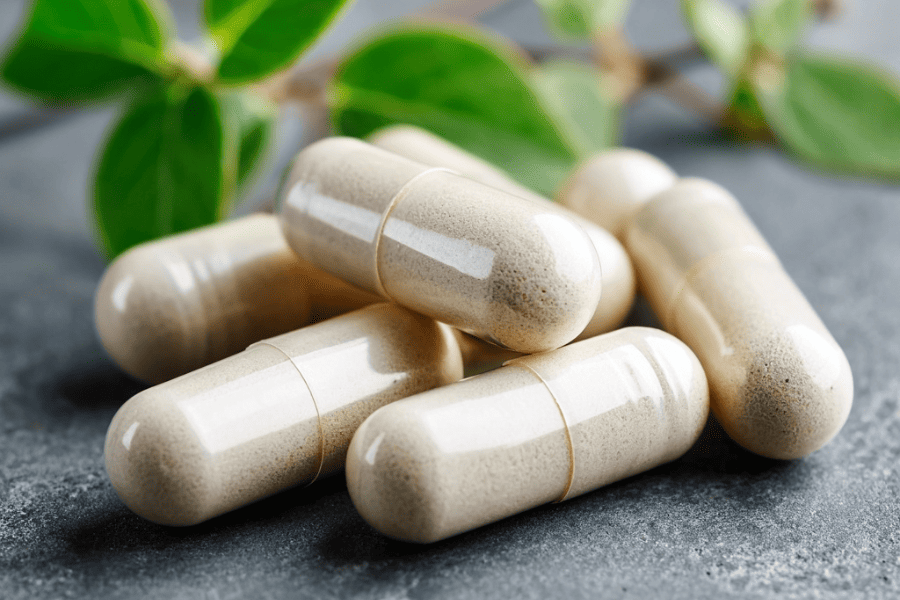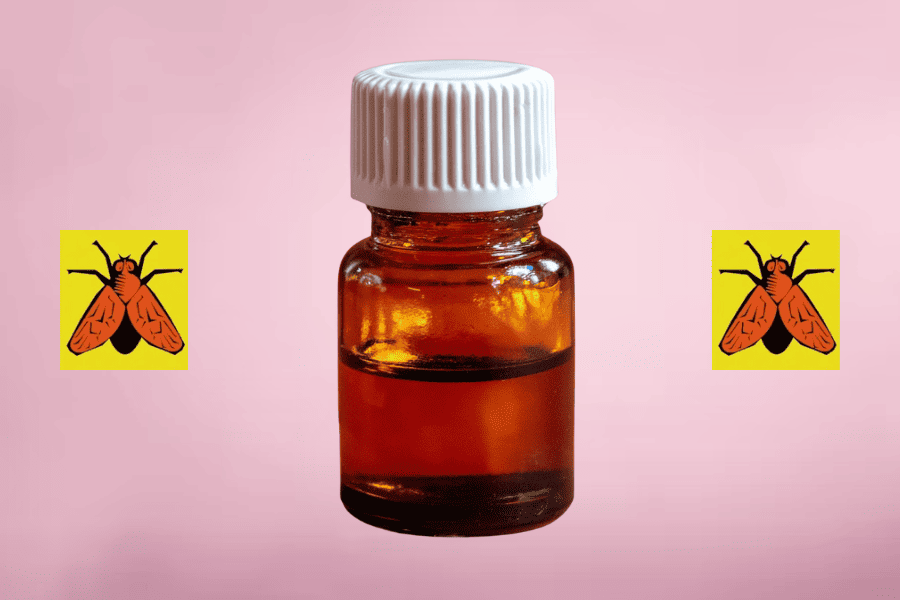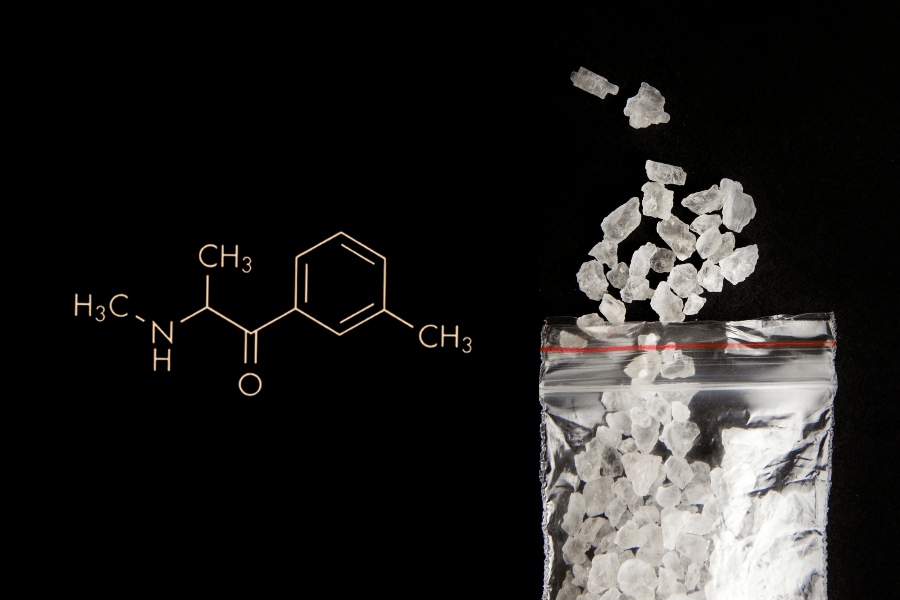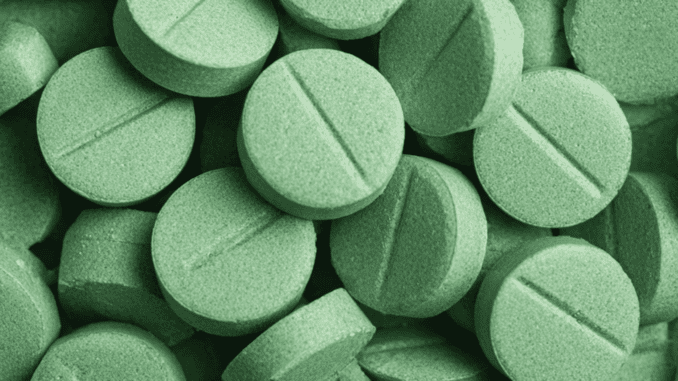What is the difference between 2-MMC and 3-MMC?
- Funcaps
- Blogs about research chemicals
- 13 Apr 2025
- 33views
- Reading time: 3 minutes

2-MMC and 3-MMC fall under the category of cathinones, which are chemically related to amphetamines and cathinone—the active compound found in the khat plant. These substances have gained attention due to their stimulating and empathogenic effects, often considered similar to those of more well-known stimulants like MDMA (ecstasy) and amphetamines. The synthetic drug market is constantly evolving, developing new compounds with various effects and potential applications. Among these emerging compounds are 2-MMC and 3-MMC, which are quickly growing in popularity in the recreational drug scene. In this blog, we’ll explore what these compounds are, how they work, and the key differences between 2-MMC and 3-MMC.
Key differences between 2-MMC and 3-MMC
- 2-MMC mainly acts on dopamine and noradrenaline, resulting in a strong stimulating effect.
- 3-MMC also releases serotonin, enhancing euphoria and empathy.
- The effects of 3-MMC generally last longer than those of 2-MMC.
- The comedown from 3-MMC is often reported to be more intense compared to the typically milder comedown of 2-MMC.
What are 2-MMC and 3-MMC?
2-MMC is a relatively new research chemical that emerged as an alternative to 3-MMC after the latter was banned in several countries. 3-MMC was widely used as a legal substitute for 4-MMC until it was officially banned in the Netherlands in October 2021. Both substances offer stimulating and mild empathogenic effects, but differ subtly in their mechanisms, user experience, and intensity.
Differences in effects
3-MMC is often experienced as more intense and "warmer," whereas 2-MMC is considered slightly milder with a gentler comedown.
| Feature | 2-MMC | 3-MMC |
| Stimulant effect | Yes, more focus and alertness | Also stimulating, with a more "high" feeling |
| Euphoria | Moderate to mild | Stronger presence of euphoria |
| Empathy |
Present but subtle | More connectedness and talkativeness |
| Duration | Shorter (4–5 hours) | Average (5-6 hours) |
| Comedown | Often milder | Can feel heavier |
Difference in chemical structure
The chemical structures of 2-MMC and 3-MMC are quite similar, but they differ in the position of the methyl group:
- In 2-MMC, the methyl group is located on the 2nd position of the aromatic ring.
- In 3-MMC, the methyl group is located on the 3rd position of the aromatic ring.
This minor difference alters how the compound binds to receptors in the brain, which explains the subtle differences in effect.
Use and dosage
| Feature | 2-MMC | 3-MMC |
| Method of use | Oral, nasal, sometimes sublingual | Oral, nasal, sometimes rectal |
| Typical dosage |
60-80mg (light) 100-150mg (moderate) |
60-100mg (light) 100-150mg (moderate) |
| Redosing tendency |
Less urge to redose |
More craving, higher risk of redosing |
Note: Both substances are not intended for human consumption and should only be used for research purposes.
Risks
Both substances carry similar risks:
- Low mood, insomnia, or irritability during the comedown
- Elevated heart rate, blood pressure, and body temperature
- Potential for psychological dependence, especially with frequent use
- Unknown long-term effects
- Possible interactions with other substances (e.g., alcohol, antidepressants)
3-MMC appears to trigger more cravings with frequent use, increasing the risk of overuse. Some users consider 2-MMC to be “safer,” but there is still very little long-term research. Additionally, there is a risk of impurities—especially when purchased from unreliable sources—leading to unpredictable and potentially dangerous effects.
Legality
| Substance | Legal Status in the Netherlands |
| 2-MMC | Banned since October 2021 |
| 3-MMC | Not listed under the Opium Act, but may fall under analogue legislation |
As of July 1, 2025, the government will add a new List IA to the Opium Act. This list will include three classes of substances that are most frequently used and traded. From that date onward, these substances will be banned:
- Phenethylamines, including cathinones
- Synthetic cannabinoids
- Fentanyl derivatives
The Opium Act may change at any time, so always check the current legal status of a substance before possessing or researching it. After 1 July 2025, you will no longer be able to legally buy 2-MMC.
2-MMC and 3-MMC are both emerging synthetic compounds with stimulant and empathogenic properties. While they share similarities in their chemical structures and effects, there are notable differences in how they feel, how long they last, and how they impact the user. As with any synthetic drug, it's important to be aware of the health risks and legal implications before using or handling them. Safety and responsible use are always essential.
Related Posts
